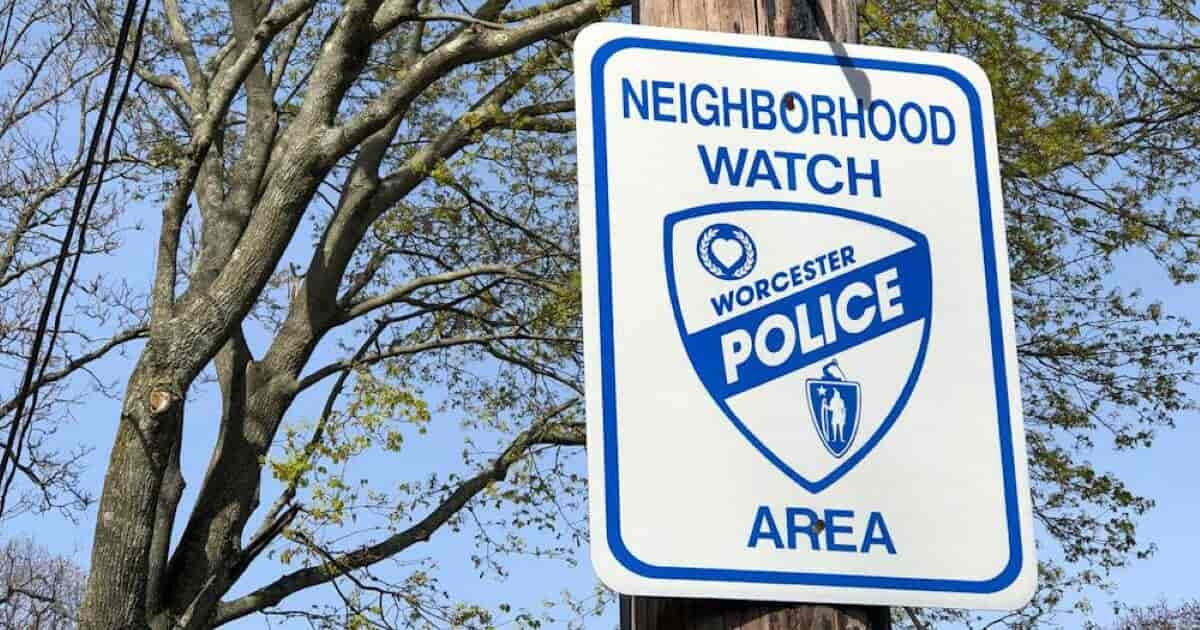MASS. – The Massachusetts Department of Public Health (DPH) reports 37 new cases of monkeypox within the past seven days, bringing the total number of monkeypox cases in the Commonwealth to 317 residents since the state’s first case was announced May 18.
DPH provides public updates on monkeypox in Massachusetts on a weekly basis every Thursday.
The 37 cases announced had their diagnoses between August 25 and August 31. DPH is working with local health officials, the patients, and healthcare providers to identify individuals who may have been in contact with the patients while they were infectious. Individuals with monkeypox are advised to isolate and avoid contact with others until they are no longer infectious.
Currently, 14 health care providers offering vaccination across the state. The list of health care provider sites is updated on a rolling basis on the Commonwealth’s monkeypox vaccine website. As of August 31, 18,085 doses of JYNNEOS vaccine have been administered in the Commonwealth.
See more information on monkeypox vaccination in Massachusetts, including eligibility.
Current data from CDC indicate that there have been 18,989 cases of monkeypox virus this year in US residents as of Aug. 10. Regularly updated case counts can be obtained on the CDC’s website: 2022 U.S. Map and Case Count.
The World Health Organization on July 23 declared the global monkeypox outbreak a Public Health Emergency of International Concern and on August 4, the Biden administration declared monkeypox a national health emergency.
The virus does not spread easily, but can be spread once symptoms develop.
Transmission occurs through direct contact with body fluids and monkeypox sores, by touching items that have been contaminated with fluids or sores (clothing, bedding, etc.), or less commonly, through respiratory droplets following prolonged face-to-face contact. In many of the recent cases, the locations of the rash lesions suggest transmission during sexual contact. Examples where monkeypox can spread and where it does not:
Monkeypox can spread through:
- Direct skin-to-skin contact with rash lesions. Sexual/intimate contact, including kissing while a person is infected.
- Living in a house and sharing a bed with someone. Sharing towels or unwashed clothing.
- Respiratory secretions through face-to-face interactions (the type that mainly happen when living with someone or caring for someone who has monkeypox).
- Monkeypox does not spread through:
- Casual conversations. Walking by someone with monkeypox in a grocery store, for instance. Touching items like doorknobs.
The CDC advises those that believe they have monkeypox to contact their health care provider.
Infected individuals that must leave their home should wear a mask and cover any rash or lesions when around others. Those who live with or care for someone who may have monkeypox should wear a mask and disposable gloves if they need to have any direct contact with lesions and when handling any clothes or bedding if the person cannot do it themselves. They should also wash their hands regularly, especially after contact with the person who is infected or with their clothes, bed sheets, towels and other items or surfaces they may have touched.









